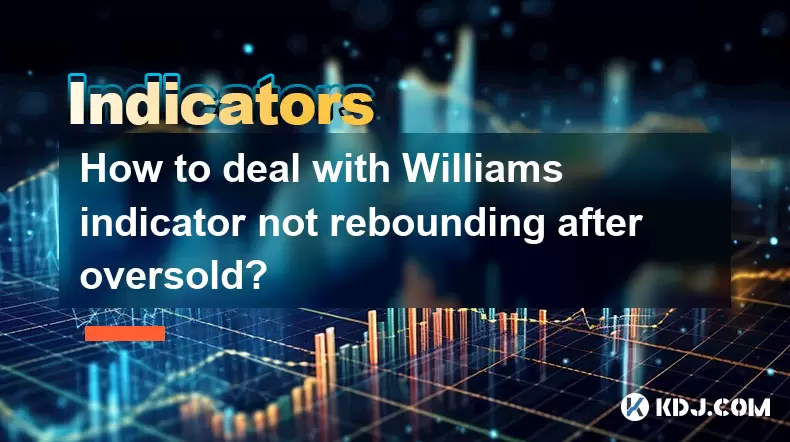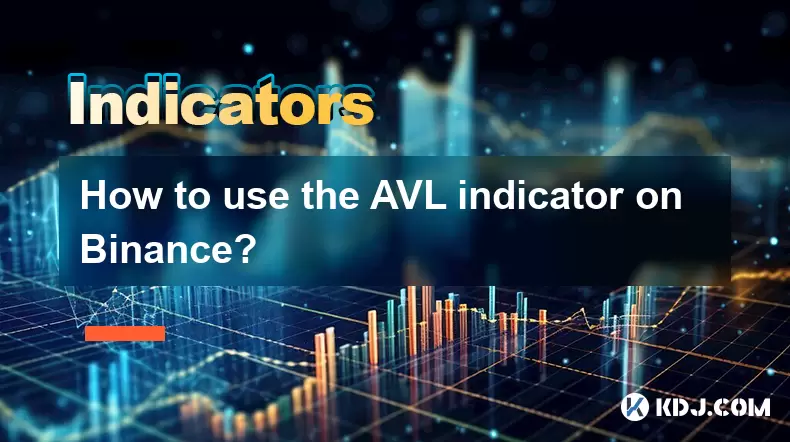-
 Bitcoin
Bitcoin $117700
-0.03% -
 Ethereum
Ethereum $3805
0.49% -
 XRP
XRP $3.098
-1.00% -
 Tether USDt
Tether USDt $1.000
0.03% -
 BNB
BNB $792.8
-1.72% -
 Solana
Solana $177.9
-1.95% -
 USDC
USDC $1.000
0.02% -
 Dogecoin
Dogecoin $0.2202
-1.55% -
 TRON
TRON $0.3278
-2.92% -
 Cardano
Cardano $0.7641
-2.43% -
 Hyperliquid
Hyperliquid $42.21
-2.68% -
 Sui
Sui $3.758
-1.58% -
 Stellar
Stellar $0.4080
-3.21% -
 Chainlink
Chainlink $17.75
-0.33% -
 Bitcoin Cash
Bitcoin Cash $591.8
4.96% -
 Hedera
Hedera $0.2561
-3.09% -
 Avalanche
Avalanche $23.34
-4.24% -
 Litecoin
Litecoin $110.7
1.96% -
 UNUS SED LEO
UNUS SED LEO $8.956
-0.01% -
 Toncoin
Toncoin $3.410
0.79% -
 Ethena USDe
Ethena USDe $1.001
0.03% -
 Shiba Inu
Shiba Inu $0.00001288
-1.82% -
 Uniswap
Uniswap $10.07
-2.06% -
 Polkadot
Polkadot $3.807
-2.27% -
 Monero
Monero $308.2
-2.15% -
 Dai
Dai $1.000
0.03% -
 Bitget Token
Bitget Token $4.521
-0.30% -
 Pepe
Pepe $0.00001134
-1.52% -
 Cronos
Cronos $0.1457
0.65% -
 Aave
Aave $274.9
-2.47%
How to deal with Williams indicator not rebounding after oversold?
The Williams %R indicator helps identify overbought and oversold conditions in trading, especially in volatile crypto markets.
Jun 20, 2025 at 02:42 pm

Understanding the Williams %R Indicator
The Williams %R indicator, developed by Larry Williams, is a momentum oscillator used primarily in technical analysis to identify overbought and oversold conditions in financial markets, including cryptocurrencies. The indicator ranges from 0 to -100, with readings above -20 typically indicating overbought levels and below -80 suggesting oversold territory. In cryptocurrency trading, where volatility is high, understanding how to interpret and act on this indicator becomes crucial.
When Williams %R reaches the oversold zone (below -80), traders often expect a price rebound. However, there are instances when the price continues to fall despite the indicator signaling oversold conditions. This situation can confuse traders and lead to poor decision-making if not properly understood or managed.
Why Williams %R Might Not Rebound After Oversold
There are several reasons why the Williams %R might not show a rebound after entering the oversold zone:
- Strong downtrend continuation: During strong bearish trends, prices can remain oversold for extended periods without immediate reversal.
- Market sentiment dominance: If negative news or market psychology overwhelms technical signals, the indicator may fail to reflect an imminent bounce.
- Low volume during oversold condition: Lack of buying interest can prevent a meaningful price recovery even though the indicator suggests oversold status.
- False signals due to extreme volatility: Cryptocurrency markets are known for sharp swings that can create misleading signals.
Recognizing these factors helps traders avoid making impulsive decisions based solely on the Williams %R reading.
Confirming Oversold Conditions with Other Indicators
To reduce false signals, it's essential to combine the Williams %R with other tools for confirmation:
- Moving Averages (MA): Look for crossovers or whether the price is consistently below key moving averages like the 50-day or 200-day MA.
- Relative Strength Index (RSI): Check if RSI also confirms oversold conditions (typically below 30). Divergence between RSI and Williams %R can offer insights into market strength.
- Volume indicators: Tools like On-Balance Volume (OBV) or Chaikin Money Flow can help determine if institutional buying is occurring despite oversold readings.
- Candlestick patterns: Bullish reversal patterns such as hammer, engulfing, or morning star near support levels can add credibility to a potential rebound.
Using multiple confirmations ensures that traders don’t rely solely on one signal and enhances the probability of accurate trade entries.
Adjusting Strategy When No Rebound Occurs
If the Williams %R remains in oversold territory without any sign of a price rebound, consider adjusting your strategy accordingly:
- Avoid premature entries: Just because the indicator is oversold doesn't mean a reversal is imminent. Wait for additional confirmation before entering long positions.
- Use trendlines and support zones: Identify key support areas where price historically bounced. Combine these with oversold readings for better timing.
- Set dynamic stop-losses: If you do decide to enter a position, use trailing stops or adjust stop-loss levels based on volatility to protect capital.
- Monitor broader market conditions: Sometimes the entire crypto market is under pressure. In such cases, individual coin rebounds may not occur until the macro environment stabilizes.
By adapting strategies dynamically, traders can avoid being caught off guard by prolonged bearish phases.
Practical Steps to Trade Under These Conditions
Here’s a step-by-step guide to handle situations where Williams %R does not rebound after becoming oversold:
- Observe the trend direction: Determine whether the asset is in a downtrend using trendlines or moving averages.
- Check for confluence: Ensure other indicators like RSI or MACD align with your assessment.
- Identify critical support levels: Use horizontal supports or Fibonacci retracement levels to anticipate possible reversals.
- Look for candlestick confirmation: Watch for bullish candlestick formations at support zones to increase confidence in a potential reversal.
- Enter cautiously with small position sizes: Avoid risking large amounts until the price shows clear signs of reversing.
- Place protective stops below recent lows: Protect your downside in case the downtrend continues.
- Monitor volume during the move: Increasing volume during a potential reversal can validate the strength of the move.
These steps allow traders to maintain discipline and structure when dealing with ambiguous signals from the Williams %R.
Frequently Asked Questions
Q: Can Williams %R be used alone for trading decisions?
A: While Williams %R is useful, relying on it alone increases the risk of false signals. Combining it with volume indicators, moving averages, and candlestick patterns improves accuracy.
Q: How often should I check Williams %R for oversold conditions?
A: It depends on your trading timeframe. Day traders might review it every few minutes, while swing traders could assess daily or weekly charts. Always align checks with your strategy and timeframe.
Q: What timeframes work best with Williams %R in crypto trading?
A: Shorter timeframes like 1-hour or 4-hour charts can provide more frequent signals, but they’re prone to noise. Daily charts tend to give clearer, more reliable signals for longer-term trades.
Q: Is it safe to buy when Williams %R hits -100?
A: Reaching -100 indicates extreme oversold conditions, but it doesn't guarantee a reversal. Price action and volume must confirm any potential turnaround before considering entry.
Disclaimer:info@kdj.com
The information provided is not trading advice. kdj.com does not assume any responsibility for any investments made based on the information provided in this article. Cryptocurrencies are highly volatile and it is highly recommended that you invest with caution after thorough research!
If you believe that the content used on this website infringes your copyright, please contact us immediately (info@kdj.com) and we will delete it promptly.
- Cold Wallet vs. MetaMask: A Crypto Wallet Revolution?
- 2025-07-31 10:30:57
- Bitcoin Casinos in 2025: Instant Payouts and Welcome Bonuses
- 2025-07-31 10:50:33
- Meme Coins in 2025: Token Burns and the Quest for Moonshots
- 2025-07-31 10:50:33
- Unlocking Value: A Deep Dive into Random Year 1 oz Krugerrand Gold Coins
- 2025-07-31 10:57:21
- LYNO Token Presale: AI Arbitrage Revolution in DeFi
- 2025-07-31 05:11:11
- Pepecoin Successors: Can These Cryptocurrencies Make You a Millionaire?
- 2025-07-31 05:50:12
Related knowledge

How to use the AVL indicator to confirm a trend?
Jul 31,2025 at 10:25am
Understanding the AVL Indicator and Its ComponentsThe AVL indicator, also known as the Accumulation Volume Line, is a technical analysis tool that com...

How does volume affect the AVL indicator?
Jul 31,2025 at 11:23am
Understanding the AVL Indicator and Its Core ComponentsThe AVL indicator, short for Accumulation Volume Line, is a technical analysis tool used primar...

How to use the AVL indicator with MACD for better signals?
Jul 31,2025 at 09:22am
Understanding the AVL Indicator and Its Role in Cryptocurrency TradingThe AVL indicator, also known as the Accumulation Volume Line, is a volume-based...

How to identify sell signals with the AVL indicator?
Jul 31,2025 at 07:09am
Understanding the AVL Indicator and Its Core ComponentsThe AVL indicator, also known as the Accumulation Volume Line, is a volume-based technical anal...

How to use the AVL indicator on Binance?
Jul 31,2025 at 12:22pm
Understanding the AVL Indicator and Its Relevance on BinanceThe AVL indicator, also known as the Accumulation Volume Line, is a technical analysis too...

What are the best settings for the AVL indicator?
Jul 31,2025 at 10:04am
Understanding the AVL Indicator and Its PurposeThe AVL indicator, also known as the Accumulation Volume Line, is a technical analysis tool used in the...

How to use the AVL indicator to confirm a trend?
Jul 31,2025 at 10:25am
Understanding the AVL Indicator and Its ComponentsThe AVL indicator, also known as the Accumulation Volume Line, is a technical analysis tool that com...

How does volume affect the AVL indicator?
Jul 31,2025 at 11:23am
Understanding the AVL Indicator and Its Core ComponentsThe AVL indicator, short for Accumulation Volume Line, is a technical analysis tool used primar...

How to use the AVL indicator with MACD for better signals?
Jul 31,2025 at 09:22am
Understanding the AVL Indicator and Its Role in Cryptocurrency TradingThe AVL indicator, also known as the Accumulation Volume Line, is a volume-based...

How to identify sell signals with the AVL indicator?
Jul 31,2025 at 07:09am
Understanding the AVL Indicator and Its Core ComponentsThe AVL indicator, also known as the Accumulation Volume Line, is a volume-based technical anal...

How to use the AVL indicator on Binance?
Jul 31,2025 at 12:22pm
Understanding the AVL Indicator and Its Relevance on BinanceThe AVL indicator, also known as the Accumulation Volume Line, is a technical analysis too...

What are the best settings for the AVL indicator?
Jul 31,2025 at 10:04am
Understanding the AVL Indicator and Its PurposeThe AVL indicator, also known as the Accumulation Volume Line, is a technical analysis tool used in the...
See all articles

























































































